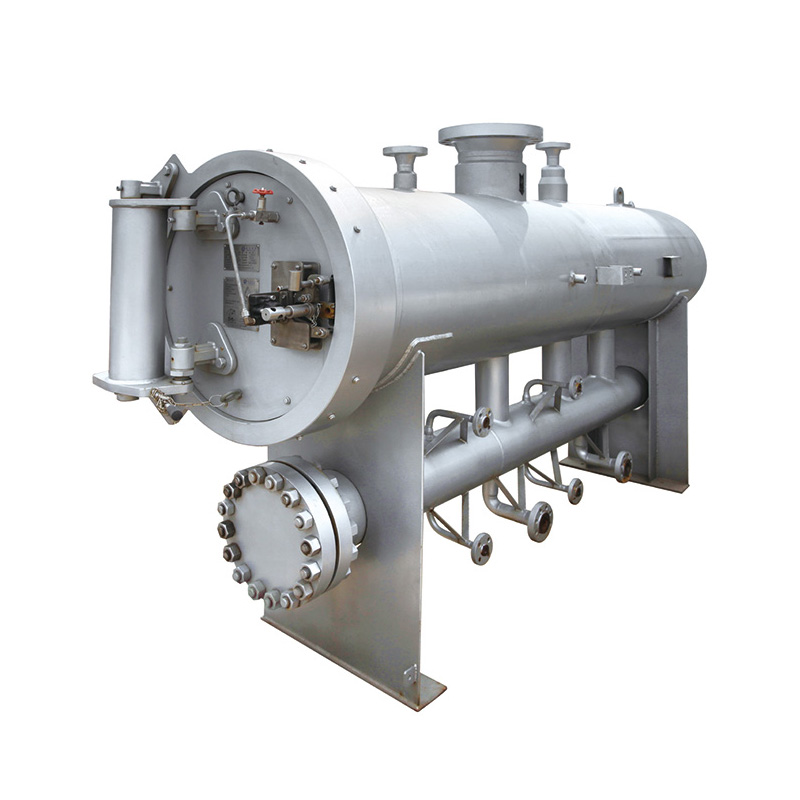
Dec . 01, 2024 09:51
Back to list
gas booster
Understanding Gas Boosters Enhancing Performance and Efficiency
In an era where efficiency and performance are paramount across industries, gas boosters have emerged as a crucial component for various applications. These devices are engineered to increase the pressure of gases, delivering a seamless solution for numerous sectors, including manufacturing, automotive, and energy. Understanding gas boosters, their functions, and their benefits can provide insights into their importance in today’s technological landscape.
Gas boosters operate on a simple yet effective principle they compress low-pressure gas to a higher pressure, making it suitable for various uses. The core function of a gas booster is to facilitate the transfer and delivery of gas in a controlled manner, ensuring that the desired pressure levels are attained without compromising safety or efficiency. They are commonly utilized in systems that require high-pressure gas, such as pneumatic systems, gas distribution, and process industries.
One of the primary advantages of gas boosters is the enhancement of efficiency in gas usage. In industrial settings, where gas consumption is significant, the ability to boost gas pressure can lead to substantial savings. By optimizing gas flow and ensuring that processes run smoothly, companies can reduce wastage and improve overall productivity. Moreover, gas boosters allow for the use of lower-cost fuel sources, which can contribute to lower operational expenses over time.
gas booster

Another significant benefit of gas boosters is their versatility. They can be adapted for various gases, including nitrogen, oxygen, argon, and natural gas. This adaptability opens the door for a wide range of applications, from providing compressed air for tools to enhancing the performance of fuel gas systems in vehicles. In the automotive sector, for instance, gas boosters are used to improve the efficiency of engines, resulting in better fuel economy and reduced emissions.
Safety is a paramount concern in any industrial operation, and gas boosters are designed with this in mind. They come equipped with safety features that prevent issues such as overpressurization, which can lead to catastrophic failures. Regular maintenance and adherence to safety protocols ensure that these devices function optimally and do not pose risks to operators or the environment.
The future of gas boosters is promising, particularly with the growing emphasis on sustainability and green technologies. As industries strive to reduce their carbon footprints, the efficient management of gas resources becomes imperative. Innovations in gas booster technology, such as the integration of smart sensors and automation, are paving the way for even more efficient systems. These advancements can lead to better monitoring and control of gas usage, ultimately contributing to more sustainable practices.
In conclusion, gas boosters play a vital role in enhancing performance and efficiency across various applications. Their ability to compress and control gas flow offers significant advantages to industries striving for operational excellence and cost-effectiveness. As technology continues to evolve, gas boosters will undoubtedly remain at the forefront of efforts to improve processes, maintain safety standards, and promote sustainability in gas management. Understanding the significance of gas boosters not only highlights their essential functions but also underscores the ongoing innovations that will shape their future in our increasingly energy-conscious world.
Next:
Latest news
-
Safety Valve Spring-Loaded Design Overpressure ProtectionNewsJul.25,2025
-
Precision Voltage Regulator AC5 Accuracy Grade PerformanceNewsJul.25,2025
-
Natural Gas Pressure Regulating Skid Industrial Pipeline ApplicationsNewsJul.25,2025
-
Natural Gas Filter Stainless Steel Mesh Element DesignNewsJul.25,2025
-
Gas Pressure Regulator Valve Direct-Acting Spring-Loaded DesignNewsJul.25,2025
-
Decompression Equipment Multi-Stage Heat Exchange System DesignNewsJul.25,2025

